
History constitutes a grand tapestry woven with threads of triumph, tragedy, and undeniable facts. Yet, certain threads persist stubbornly in a frayed state, leaving gaping holes in our comprehension. These are the historical events that continue to perplex even the most astute minds, mysteries that have endured for centuries, refusing to divulge their secrets.
They entice us with alluring clues and unanswered questions, igniting our imaginations and fueling ceaseless debate. From legendary figures whose very existence is a matter of debate to priceless treasures that have seemingly vanished without a trace, these enigmas serve as a reminder that the past still harbors numerous surprises. Prepare to delve deeply into a world where conclusive answers are elusive, and the unknown holds sway.
Embark with us on a captivating journey as we explore a select number of these timeless puzzles. We will sift through the evidence, weigh the theories, and marvel at the sheer tenacity of the inexplicable. Get ready to have your curiosity aroused, for when it comes to these historical conundrums, the truth is often stranger – and far more mysterious – than fiction.

1. **Was Mount Everest scaled in 1924?** The majestic Mount Everest, the world’s highest peak, was officially conquered on May 29, 1953, by the indomitable pair of Edmund Hillary and Tenzing Norgay. However, a vestige of an earlier triumph casts a shadow over this historic accomplishment. Nearly three decades earlier, in 1924, two British mountaineers, Andrew Comyn “Sandy” Irvine and George Mallory, embarked on an ascent to the summit but met with a tragic fate on the mountain.
Their destiny has ignited incessant speculation: did they attain the summit prior to their demise? In 1999, Mallory’s corpse was unearthed at an astonishing altitude of approximately 27,000 feet (8,229 m) on the 29,032-foot-tall (8,849 m) mountain, offering a chilling fragment of the puzzle. More recently, in 2024, Irvine’s foot, still encased in its sock and boot, was discovered by a National Geographic documentary crew.
Despite these somber findings, a pivotal piece of evidence remains infuriatingly elusive: the camera carried by the two climbers. If retrieved, its contents might finally disclose whether they stood at the pinnacle of the world before succumbing to Everest’s ruthless grasp. Until then, the query as to whether Hillary and Norgay were truly the first to reach the summit remains one of mountaineering’s most enduring and poignant unresolved questions.
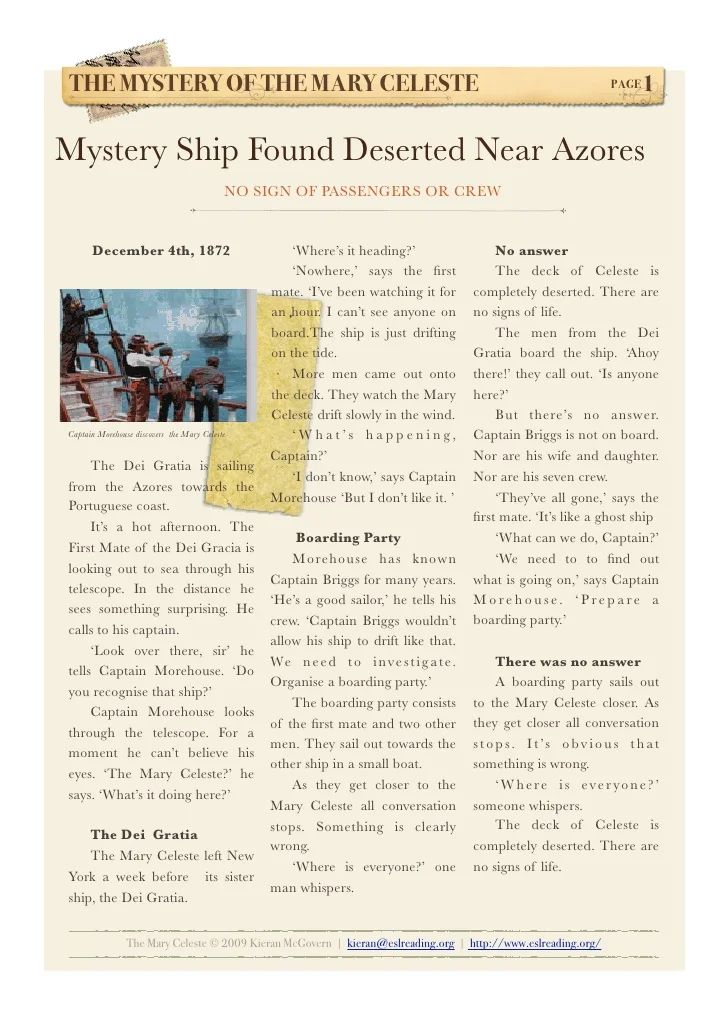
2. **What happened to the Mary Celeste?** Imagine navigating the immense, relentless ocean, only to unexpectedly encounter a ship entirely deserted, drifting silently with not a single soul aboard. This harrowing scenario materialized on December 5, 1872, when the British vessel Dei Gratia came across the Mary Celeste approximately 400 miles (644 km) east of the Azores. The ship was discovered adrift, bereft of its 10 passengers and crew members, who were never to be seen again.
Interestingly, there was no indication of conflict or substantial damage to the ship itself, except for a missing lifeboat. This absence of conclusive evidence has permitted a plethora of theories to emerge regarding the baffling disappearance of the Mary Celeste. One prevalent notion proposes that a leakage from the ship’s cargo of alcohol may have instilled fears of an impending fire or explosion, prompting the crew to evacuate in haste.
Another captivating, albeit less well – founded, theory postulates that a sudden waterspout may have posed a threat to the vessel, causing the crew to abandon ship in a desperate bid for survival. Despite meticulous examination and numerous efforts to uncover the truth, the enigma of the Mary Celeste has persisted, remaining stubbornly unsolved for more than one and a half centuries. It continues to serve as a chilling reminder of the ocean’s capricious might and the vulnerability of human existence.
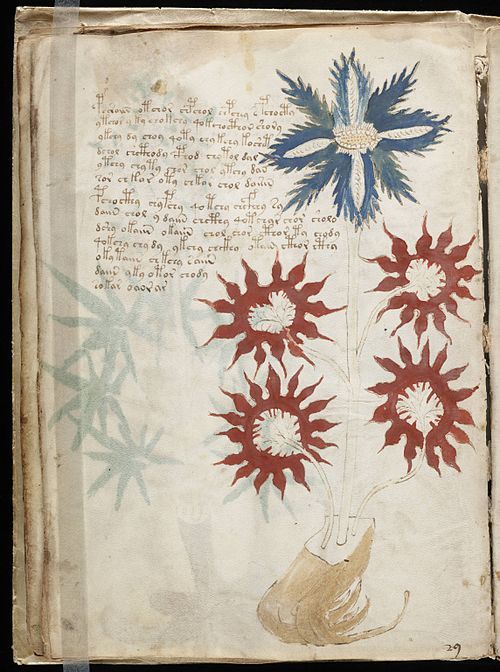
3. **What does the Voynich manuscript say?** For around 600 years, the Voynich manuscript has resisted all endeavors at comprehension, serving as one of history’s most enigmatic artifacts. This mysterious codex is replete with a variety of intricate illustrations and pages of text inscribed in an unknown script by an anonymous author. Its writings persist in remaining undeciphered, prompting scholars to deliberate whether they represent an unrecorded language, a sophisticated code, or perhaps even an elaborate hoax.
Numerous endeavors to unlock the codex’s secrets and ascertain its underlying meaning have been met with exasperating failure. The peculiar characters and seemingly illogical progression of the text have merely intensified the enigma, leaving researchers to contemplate its true purpose. For instance, it might be a reference book, a work of fiction, or an attempt to gain admission into a secret society.
It seems improbable that the codex will ever be deciphered; alternatively, it may be undecipherable. Its enduring defiance of all forms of linguistic and cryptographic analysis secures its position as a perpetual historical conundrum, frustrating generations of decoders and preserving its profound mystery.
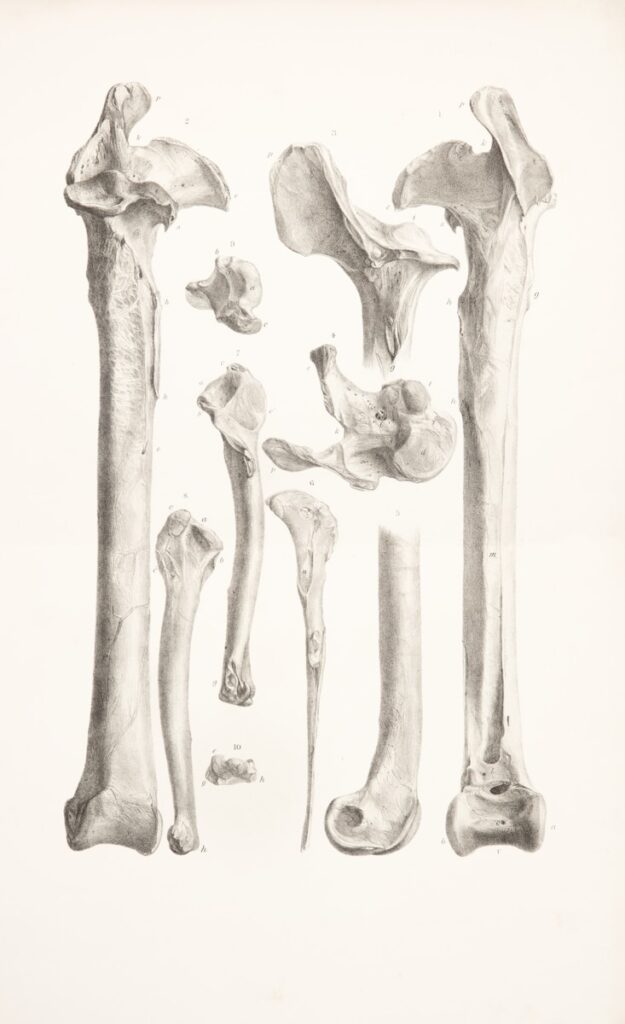
4. **Where are the bones of Peking Man?** In 1923, a momentous discovery emerged in a cave in the vicinity of the village of Zhoukoudian, adjacent to Beijing: skeletal remains belonging to a significant hominin, promptly designated as “Peking Man.” These fossils provided invaluable insights into early human evolution, constituting a pivotal element of our ancient past. However, their physical location became a tragic victim of geopolitical upheaval.
As Japan’s invasion of China escalated, in 1941, endeavors were undertaken to transport the precious fossils to the United States for safekeeping, just prior to the attack on Pearl Harbor. Tragically, this endeavor failed, and the precise whereabouts of these crucial fossils have remained undetermined ever since. Their disappearance represents an enormous loss to paleoanthropology, depriving researchers of direct access to a vital part of human history.
Theories proliferate concerning the fate of Peking Man’s skeletal remains. One theory posits that they were submerged while on board a vessel, while another contends that they are interred somewhere in China. Although it seems improbable that the fossils will be recovered, recent excavations of the caves in the vicinity of Zhoukoudian are yielding new implements associated with Peking Man, offering a glimmer of hope for further clues, if not the fossils themselves.
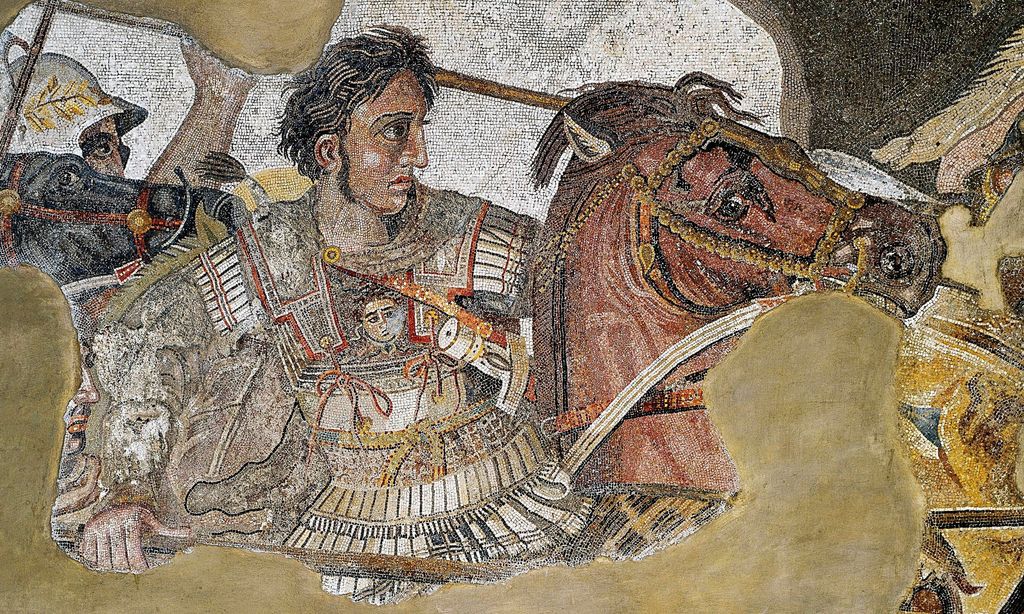
5. **Where is Alexander the Great buried?** Alexander the Great, a name synonymous with unparalleled conquest, constructed an empire that extended from the Balkans to Pakistan by the tender age of 32. His immense realm constituted the largest in the ancient world, yet his abrupt demise in Babylon in 323 B.C. precipitated the disintegration of his colossal empire. The fate of the legendary ruler’s remains has remained an enduring enigma for millennia.
Historical records indicate that one of his generals transported his body back to ancient Egypt two years thereafter and that his body was housed in the city of Memphis while a mausoleum was being constructed for him in Alexandria. Nevertheless, despite its historical significance and the substantial effort presumably invested in its construction, the exact location of this iconic mausoleum persists in remaining elusively unknown.
Some scholars have postulated that the mausoleum may have succumbed to the inexorable forces of nature and time, as it was erected in the “Palaces District” which is now submerged. Should that be the case, it may have been obliterated by millennia of both human and natural forces, as experts previously informed Live Science. Moreover, ancient historians provided scant physical descriptions of the mausoleum, implying that even if it were unearthed, there would probably be few identifying features to prove that the mausoleum belonged to Alexander, perhaps necessitating an intact inscription for conclusive identification.

6. **Was there a real King Arthur?** The legendary figure of King Arthur, encircled by tales of Camelot, the Knights of the Round Table, the wise wizard Merlin, and the magical sword Excalibur, has enthralled imaginations for over a millennium. His narrative has been recounted innumerable times, evolving into a cornerstone of Western mythology. However, beneath the magic and chivalry, there lies a fundamental query: Did there ever exist a real King Arthur?
The earliest extant accounts that mention a figure akin to King Arthur trace back to the ninth century. These texts recount the exploits of a leader (perhaps not even a king) who engaged in several battles against the Saxons; nonetheless, even the veracity of these accounts remains a matter of debate. This renders it arduous to distinguish historical fact from the nascent legend.
There exist numerous sites in Britain that legends associate with King Arthur, such as Tintagel, a coastal site that was purportedly King Arthur’s home. Yet, excavations have not ascertained whether Arthur ever resided there or even existed. Ultimately, it appears improbable that scholars will ever ascertain with certainty whether there was a real King Arthur or whether the figure was purely fictional, ensuring that he remains perpetually on the indistinct boundary between myth and man.

7. **What happened to the “vanished” colonists at Roanoke?** The fate of the Roanoke colonists remains one of the most perplexing and heart-wrenching mysteries in American history, thereby earning it the grim appellation of “the biggest unsolved mystery.” On July 22, 1587, John White arrived at Roanoke Island accompanied by another 120 individuals, establishing a new English colony. A mere few months later, White set sail back to England, with the intention of replenishing the critically needed supplies.
However, White’s return was far from prompt, as it was delayed for three lengthy years. When he ultimately returned to Roanoke, a harrowing sight greeted him: every single resident had disappeared. The only enigmatic clues left behind were the word “CROATOAN” inscribed on a palisade and another “CRO” carved on a tree.
White, utterly devastated and desperate, surmised that the residents had journeyed to Croatoan Island, which is now known as Hatteras Island, perhaps in search of refuge with a friendly Native American tribe. But a storm suddenly arose and prevented White from reaching the island, and he never managed to raise sufficient funds for another search. Some documents indicate that Chief Powhattan was responsible for the deaths of some of the colonists, yet there is no archaeological evidence to substantiate this claim. Other theories posit that the residents were attacked by the Spanish or that the colonists simply succumbed to natural causes. Regardless of the circumstances, their fate continues to be an enduring and unsettling enigma.
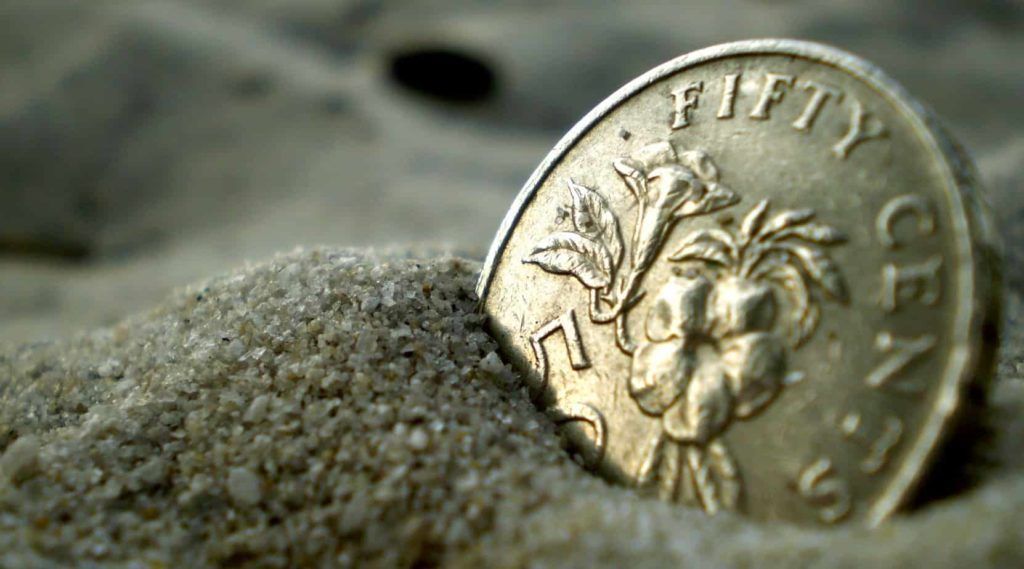
8. **Where is William Kidd’s treasure hidden?** The name Captain Kidd evokes images of daring pirates and concealed riches, a romanticized notion that obscures the grim reality of his fate. William Kidd, a notorious Scottish privateer active during the late 17th century, was initially commissioned by the British government to apprehend pirates. Ironically, he ultimately met his end by being hanged for piracy in 1701, serving as a stark warning against the blurring of maritime law boundaries.
Kidd’s downfall primarily resulted from his capture and looting of the Quedagh Merchant, a vessel with an English captain that was sailing with French regulatory documents and carrying goods belonging to a nobleman of the Mughal Emperor’s court in South Asia. This incident led the British to label Kidd as a pirate. Upon discovering this, Kidd set sail for New York on another ship in an effort to clear his name, leaving the Quedagh Merchant abandoned; its wreck was only discovered in 2007.
Prior to his ignominious execution, Kidd made a tantalizing claim. He declared that he had stolen approximately 100,000 British pounds (equivalent to around $20 million today) and buried it somewhere. According to a letter he wrote to the British government, he even offered to disclose the location of the treasure in exchange for his life. However, the offer was rejected, and he was executed, with his body subsequently displayed over the Thames. To his last breath, Kidd contended that he was a legitimate privateer. To date, none of this legendary treasure has ever been recovered, and it appears destined to remain one of history’s most coveted, and presumably unattainable, lost fortunes.
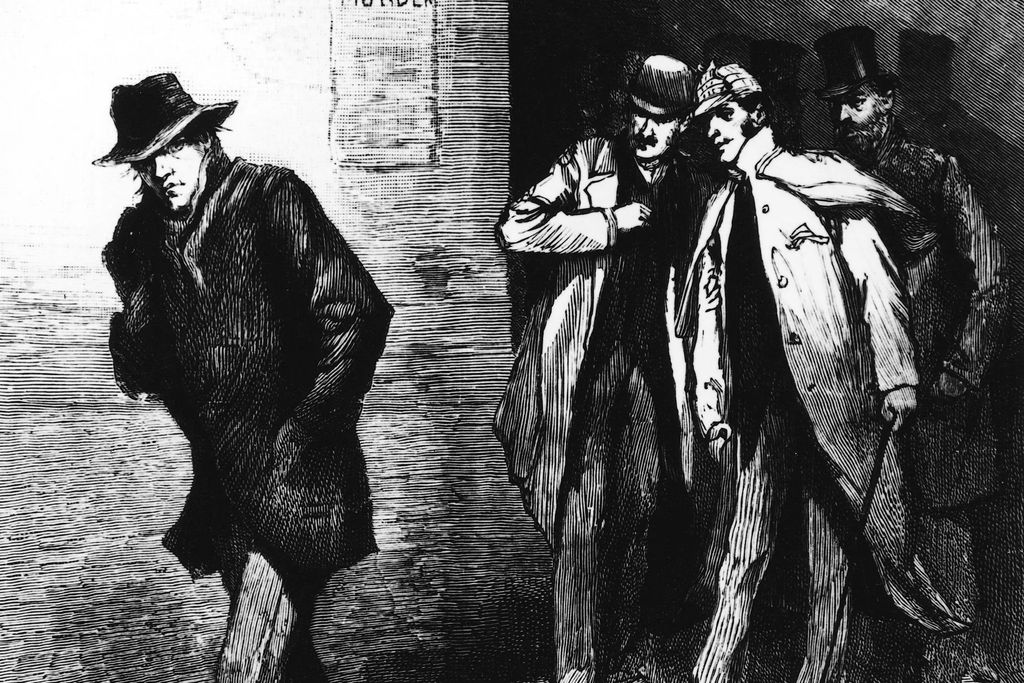
9. **Who was Jack the Ripper?** In 1888, the chilling specter of Jack the Ripper manifested in London, being responsible for the brutal murders and mutilations of at least five women. This elusive killer evolved into a legend, fueled by taunting letters allegedly sent to the police, from which the infamous moniker ‘Jack the Ripper’ was derived. The authorship of these grim communications remains a topic of intense scholarly debate.
Despite unremitting efforts, Jack the Ripper was never captured, and his true identity has remained enshrouded in mystery for over a century. Countless individuals have been put forward as candidates; John Morris even posited in his 2012 book that a woman named Lizzie Williams might have been the perpetrator, though this notion has encountered skepticism from other Ripper experts.
Alas, time has merely deepened the enigma. With no conclusive new evidence emerging, it seems increasingly improbable that his true identity will ever be ascertained. This enduring mystery stands as a stark reminder of history’s unsolved crimes, forever haunting late 19th-century London.

10. **Where is Jimmy Hoffa?** Teamster union leader Jimmy Hoffa’s disappearance on July 30, 1975, in Oakland County, Michigan, persists as one of the most perplexing enigmas in modern history. Renowned for his connections to organized crime, Hoffa was officially pronounced dead in 1982; nevertheless, the identity of his murderer and the whereabouts of his body remain undisclosed despite exhaustive searches.
A widely – held theory posited that Hoffa’s body lay beneath Giants Stadium in New Jersey, a notion that has now been discredited. More recently, in October 2021, FBI agents revisited a landfill in New Jersey, spurred by a deathbed confession from a worker who asserted that Hoffa’s body had been interred there. However, their search in 2022 concluded with the finding of “Nothing of evidentiary value”.
The FBI persists in pursuing feasible leads, yet the identity of the murderer remains equally elusive. Richard “The Iceman” Kuklinski, a notorious contract killer, alleged that he had killed Hoffa prior to his own death in 2006, but the police are skeptical of his confession. As decades elapse, the prospect of locating Hoffa’s remains diminishes, cementing his disappearance as an enduring cold case.

11. **Where is Cleopatra’s tomb?** The final resting place of Cleopatra VII and Mark Antony constitutes one of history’s most sought – after and elusive archaeological treasures. Ancient writers, such as Plutarch (A.D. 45 – 120), stated that the lovers were interred together following their deaths in 30 B.C. Plutarch depicted the tomb as “lofty and beautiful,” situated near a temple of Isis and containing riches including gold, silver, emeralds, pearls, ebony, and ivory.
Despite its significance and the descriptions provided, the precise location of the tomb has remained an profound enigma for millennia. In 2010, Zahi Hawass, Egypt’s former Minister of Antiquities, spearheaded excavations at Taposiris Magna near Alexandria, an area abundant with tombs from Cleopatra’s era. Although some discoveries were made, Hawass confirmed that the tomb of Cleopatra VII had not been found, nor was there any evidence of its existence.
Archaeologists emphasize that even if discovered, Cleopatra’s tomb would probably be extensively plundered and unrecognizable due to the impact of centuries of natural and human forces. The absence of detailed physical descriptions from ancient historians further complicates the identification process, indicating that an intact inscription might be the sole definitive proof. Thus, the queen’s final resting place continues to elude discovery, adding an element of intrigue to her fascinating legacy.

12. **Who killed JFK?** For more than half a century, the assassination of President John F. Kennedy on November 22, 1963, in Dallas, Texas, has arguably remained the biggest unsolved mystery in American history. The official account designates Lee Harvey Oswald as the sole assassin, although many still hypothesize about the presence of additional shooters. Just two days later, prior to his trial, Oswald was fatally shot by nightclub owner Jack Ruby, who subsequently died in 1967.
The most widely accepted explanation posits that Oswald acted alone and Ruby acted alone, with Ruby being motivated by a desire to spare Jacqueline Kennedy. However, this explanation does not command full consensus among both professional and amateur historians, who have put forward numerous alternative theories, ranging from organized crime to government cover – ups.
Given the passage of time and the improbability of the emergence of significant new evidence, a firm consensus on who killed JFK will probably never be attained. The assassination remains an open wound in the American consciousness, a perpetual source of debate and fascination, guaranteeing its place as a historical enigma that resists a definitive, universally – accepted solution.

13. **Was Caesarion truly Caesar’s son?** In 47 B.C., Cleopatra VII gave birth to Caesarion, whom she proudly asserted was the son of Julius Caesar, a declaration that carried immense political ramifications. By 44 B.C., Cleopatra had elevated Caesarion to the position of co – ruler of Egypt, and extant art depicts them sharing the throne, thereby solidifying their joint reign.
However, the paternity of Caesarion has been a subject of debate for millennia, in the absence of definitive proof. Crucially, Julius Caesar never publicly recognized him as his son, a silence that has fueled centuries of speculation. Adding to the intrigue, Caesar’s friend, Gaius Oppius, authored a pamphlet denying that Caesarion was Caesar’s son. The defeat of Cleopatra and Mark Antony by Octavian in 30 B.C. resulted in Cleopatra’s suicide, and Caesarion was executed shortly thereafter, thus eliminating the direct heirs.
With no surviving remains available for DNA evidence and conflicting ancient accounts, it is overwhelmingly improbable that scholars will ever be able to determine with certainty whether Caesar was truly Caesarion’s biological father. This enduring question leaves a tantalizing void in our understanding of one of history’s most powerful and enigmatic relationships, blurring the lines between political maneuvering, affection, and biological truth.
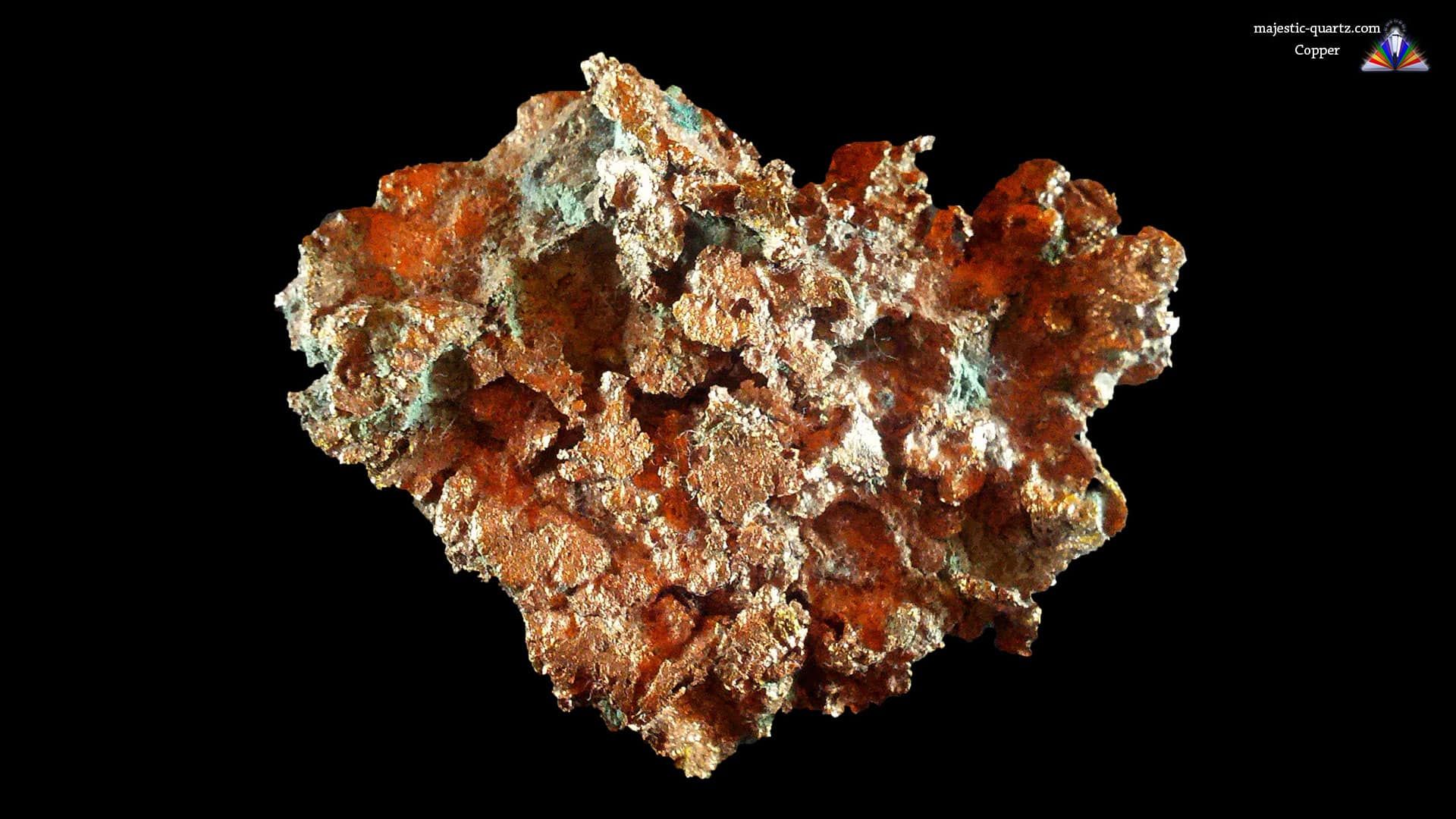
14. **Is the Copper Scroll treasure real?** In 1952, archaeologists made an extraordinary discovery at Qumran: the Copper Scroll. Unlike other Dead Sea Scrolls, its text was intricately engraved upon copper sheets. This unique artifact presents a vast and tantalizing inventory of hidden gold and silver treasures, thereby sparking the imagination of both treasure hunters and scholars.
Dating back over 1,900 years, the scroll was crafted during a turbulent period when the Roman Empire controlled Qumran, a time rife with revolts. Scientists hypothesize that the immense treasure was concealed to prevent its capture by Roman forces, a compelling theory that suggests a desperate attempt to preserve wealth.
However, questions surrounding the treasure abound: Is it real? Where precisely was it hidden? Has it ever been found? Could it still exist today? These profound mysteries are likely to remain unsolved. The Copper Scroll remains an alluring yet frustrating enigma, a testament to ancient secrets perhaps destined to remain eternally beyond reach.
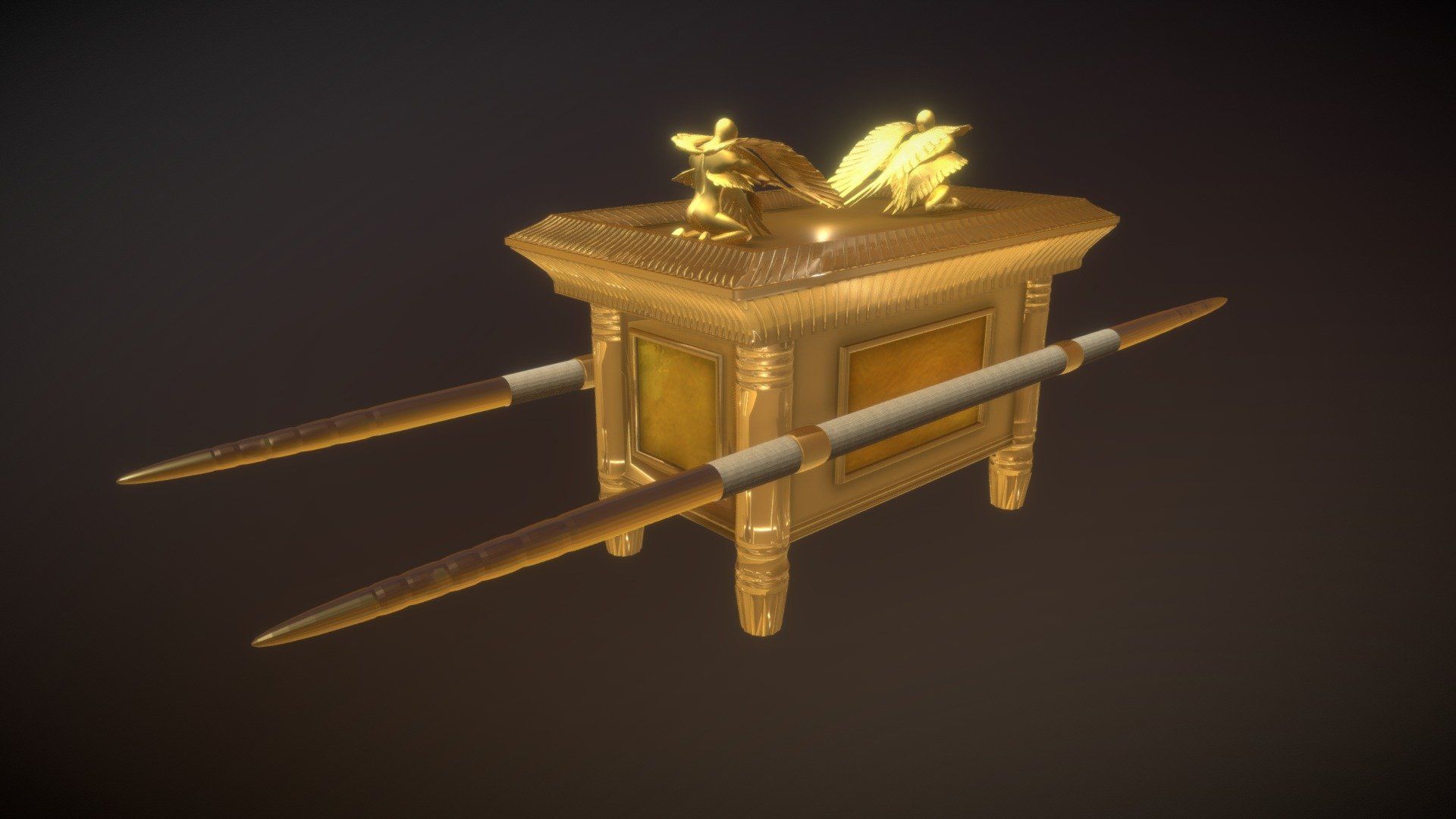
15. **Fate of the Ark of the Covenant** The Ark of the Covenant, a sacred relic described in the Hebrew Bible as containing the Ten Commandments, embodies unparalleled religious and historical significance. Its fate, however, emerged as one of history’s most profound mysteries following a catastrophic event in 587 B.C., when King Nebuchadnezzar II’s Babylonian army conquered Jerusalem and destroyed the First Temple, which housed the Ark.
After the temple’s destruction, the Ark disappeared from historical records, its fate remaining maddeningly unclear. Ancient sources provide conflicting accounts: some propose that it was taken as spoils of war to Babylon, while others claim that it was concealed by devout individuals prior to the city’s fall. A third possibility is that it was destroyed during the brutal sacking.
To date, the precise location of the Ark remains unknown, giving rise to numerous stories and fervent beliefs. One tradition posits that it was transported to Ethiopia and is believed by some to be kept in a chapel in Axum. Another asserts that it was divinely hidden and will not reappear until a messiah arrives. Whatever the truth may be, it seems overwhelmingly probable that this holiest of artifacts will never be conclusively recovered, leaving it enshrined in legend and faith rather than historical fact.
Read more about: Unearthing the Enigma: A Deep Dive into the Ancient World of the Philistines
And thus, our exploration of history’s most perplexing enigmas draws to a close, though the questions themselves persist, reverberating through time. From legendary figures whose very existence is subject to debate to invaluable artifacts that have seemingly vanished without a trace, these mysteries serve as a reminder that the past still harbors numerous surprises. They fuel our unquenchable curiosity, prompting ceaseless speculation and fostering a profound appreciation for the boundaries of our knowledge. In a world increasingly yearning for conclusive answers, these enduring historical conundrums stand as potent testaments to the beautiful, frustrating, and utterly captivating persistence of the unknown.


